Anyone can build on public blockchains: the clue’s in the name. But certain chains attract a certain strata of projects, driven by such characteristics as their architecture, the availability of developer programs, and the tooling accessible to web3 builders. As a general-purpose chain, Polkadot is good for many things. But it’s increasingly recognized for gaming, a web3 vertical that’s found a permanent refuge on Polkadot. Here, the water is warm and the atmosphere is conducive to supporting web3 gaming in all its forms.
From Polygon to Solana and from Sui to Immutable X, web3 gaming can be found alive and kicking on many chains. But it’s particularly prevalent on Polkadot, where studios have encountered the hallowed Goldilocks Zone in which conditions are ripe for life to thrive. Throughput is high and fees are low, for starters, but these are qualities that many chains boast. There’s clearly much more to Polkadot than scalability, useful as this attribute is. So what is it that’s made gaming on Polkadot a use case that’s actually seeing usage?
The Making of a Gaming Chain
Let’s start with the obvious: Polkadot is not just a blockchain. It’s a series of interconnected networks consisting of a central Relay Chain and interconnected parachains, any one of which is capable of hosting web3 games. Significantly, Polkadot’s parachain model allows gaming projects to operate on a dedicated chain while benefiting from the shared security of the Relay Chain. This eliminates the need for projects to bootstrap their own validator networks, reducing complexity and costs.
The Relay Chain is equally capable of supporting web3 games, it should be noted, but it’s the parachains that capture the bulk of the action, allowing for the creation of dedicated gaming chains – like Mythos Chain, the Polkadot home of Mythical Games. Outlining his team’s decision to migrate from EVM to Polkadot, a transition that was completed last year, CEO John Linden ventured: “Polkadot’s commitment to innovation, security, and governance provides tremendous development value for Mythical Games.”
It’s an opportunity to capture all the upside to blockchain gaming without getting drowned in tasks like network validation and ensuring sufficient decentralization, since all that’s taken care of by the Relay Chain. Polkadot’s Nominated Proof of Stake (NPoS) consensus is one of the reasons why its ecosystem boasts faster transaction speeds and lower costs than Ethereum. But beyond superior fees and throughput in the here and now, there’s also the prospect of Polkadot’s roadmap, which has caused its ecosystem builders, gaming studios particularly, to be bullish on where it’s headed next.
Web3 Gaming Starts to JAM
Polkadot has flown the flag for gaming for years now, emphasizing its scalable infrastructure that “empowers developers to create resource-intensive multiplayer experiences with fast transactions, low fees, and seamless interoperability.” Games such as Evrloot, Exiled Racers, and of course Mythical’s NFL Rivals have already taken full advantage of these capabilities. But it’s with the JAM upgrade that Polkadot’s been truly able to evolve into the new frontier for web3 gaming.
JAM effectively brings Polkadot in from the cold, making it easier to connect with other blockchains – including EVM L2s – which has wide implications for web3 gaming. With the ability to move assets and send messages between chains now a doddle, the interoperable Polkadot V2 is ideally suited to games in which assets, such as in-game items represented as NFTs, can be effortlessly transferred. As a result, a PFP collection that gains traction on Ethereum, for example, can be reimagined as a web3 game on Polkadot without breaking the user experience.
But even for games that are native to Polkadot, JAM’s made the entire UX that little bit smoother. A 25% reduction in block finality time has helped, while reduced error rates when the network is seeing high usage have enhanced reliability. Parallel message processing, meanwhile, boosts that all-important scalability score. On their own, each of these improvements is incremental. But combined, they’ve resulted in Polkadot becoming a much sleeker, better connected, and altogether friendlier beast on which to build. As Polkadot puts it, “The best Web3 gaming experiences don’t feel like Web3.” When they’re powered by JAM, that’s no idle boast.
The Final Piece of the Puzzle
There’s one final reason why web3 gaming has taken root on Polkadot above all other chains, and it’s got less to do with the onchain environment than it does with the cultural one. Put simply, Polkadot welcomes gaming studios with open arms. And not just with nice words and platitudes, but actions that turn this sentiment into something tangible. Grant programs. Developer programs. Hackathons.
If there’s one thing Polkadot does better than the rest, it’s onboarding – specifically, developer onboarding. Web3 gaming calls for mastery of more disciplines than any other onchain vertical, and thus it’s inevitable that devs will come unstuck at some stage. Getting all of the blockchain components to work flawlessly while also running a smooth game that players can experience in real-time is no mean feat. Getting this orchestra to work as one is prone to testing even the largest and most experienced games studios to the limit.
Thanks to its best-in-class developer tooling, education, onboarding, and incubation, Polkadot bosses the critical but often overlooked cultural component of working in web3. For games studios that are still fixing things on the fly – moving fast and occasionally breaking stuff – this is refreshing to behold. Because ultimately, players, users, and developers alike will stick around on a blockchain because they feel at home.
Or as Polkadot puts it in a recent blog post, “Lasting game ecosystems will be built around meaning, not mechanics. Players will stay because the world is worth investing in, not because there’s a token payout waiting at the end.” That’s the elevator pitch for web3 gaming. But it can equally be applied to Polkadot.


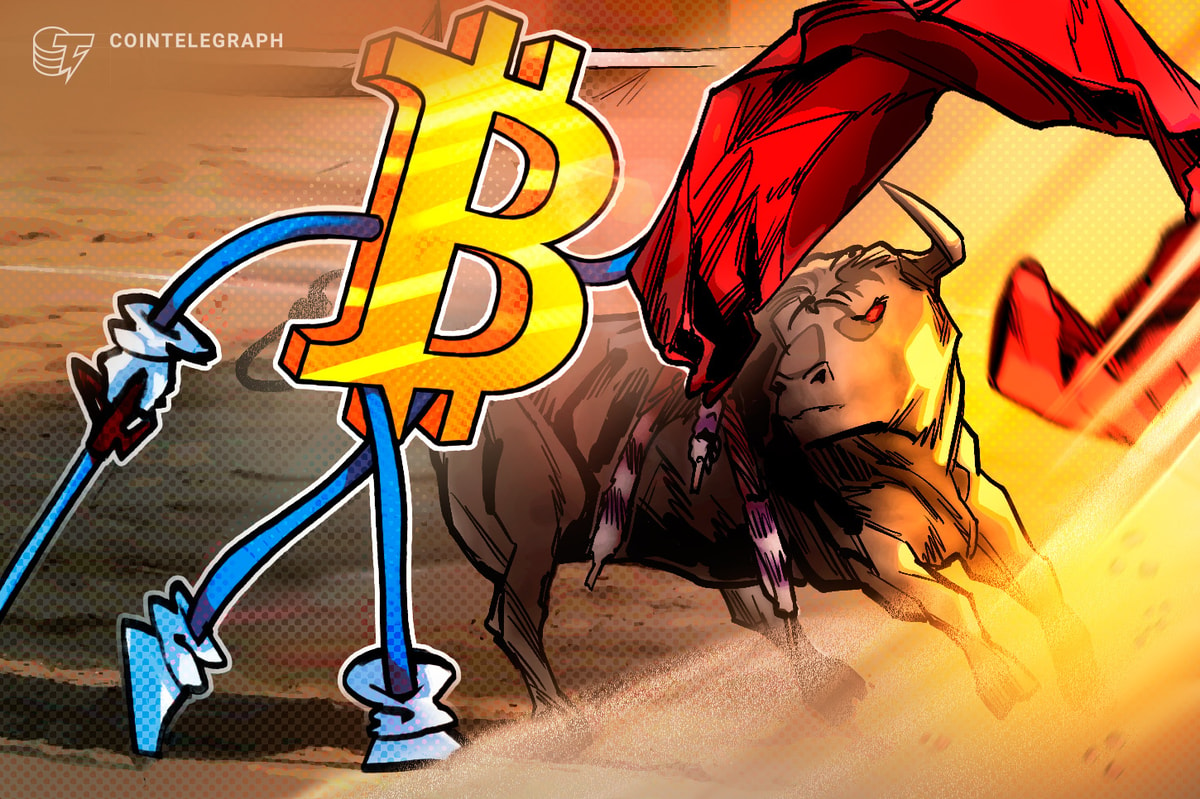

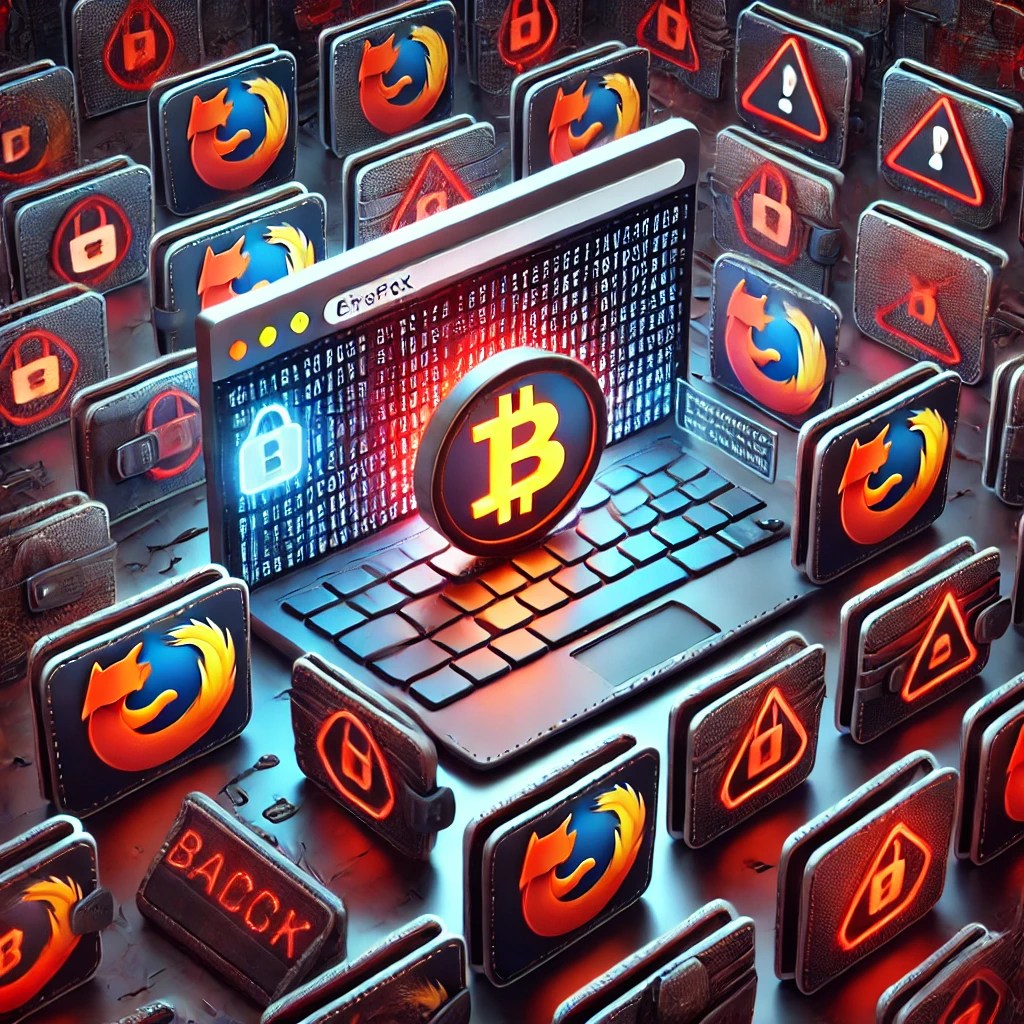





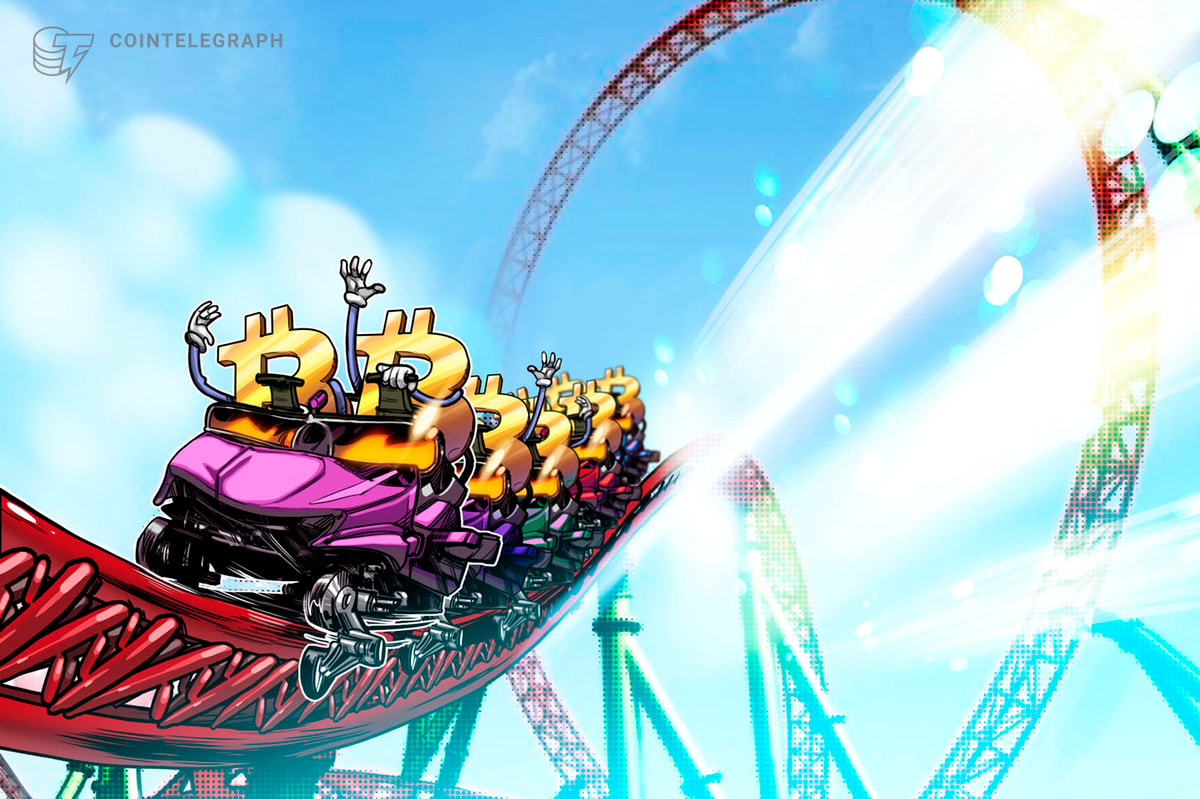
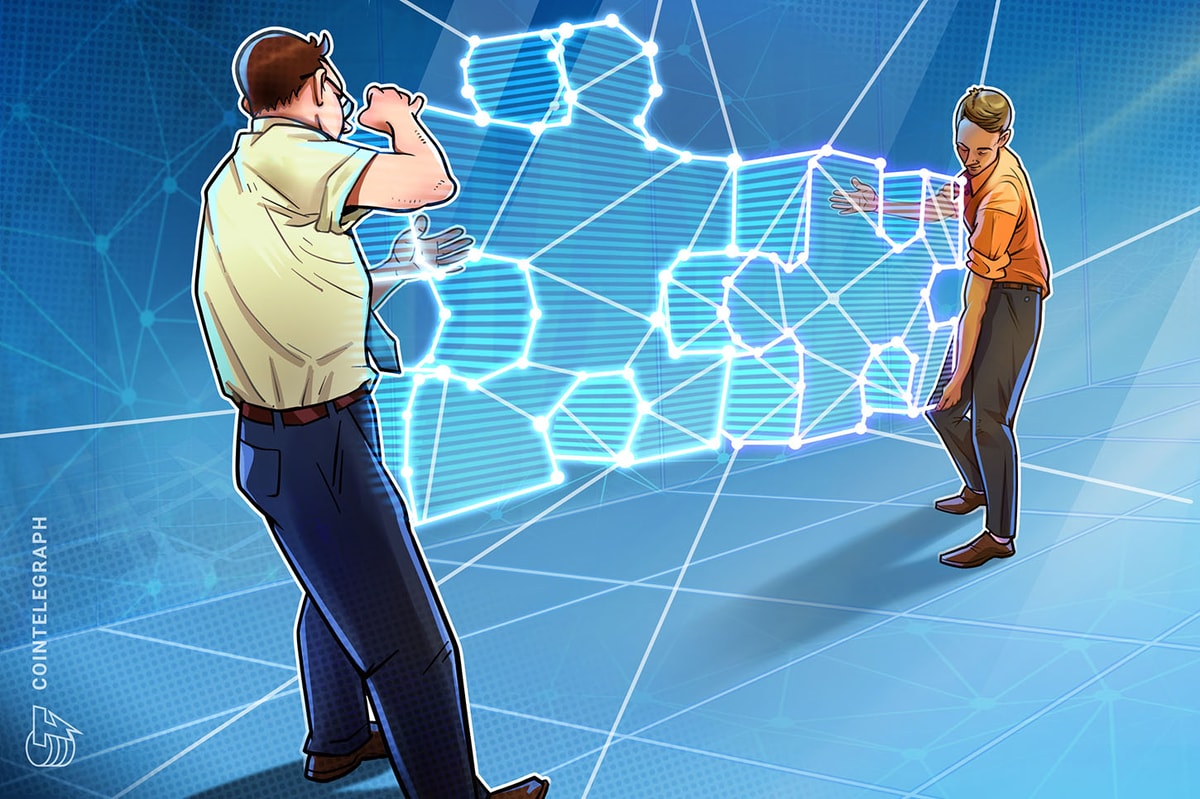

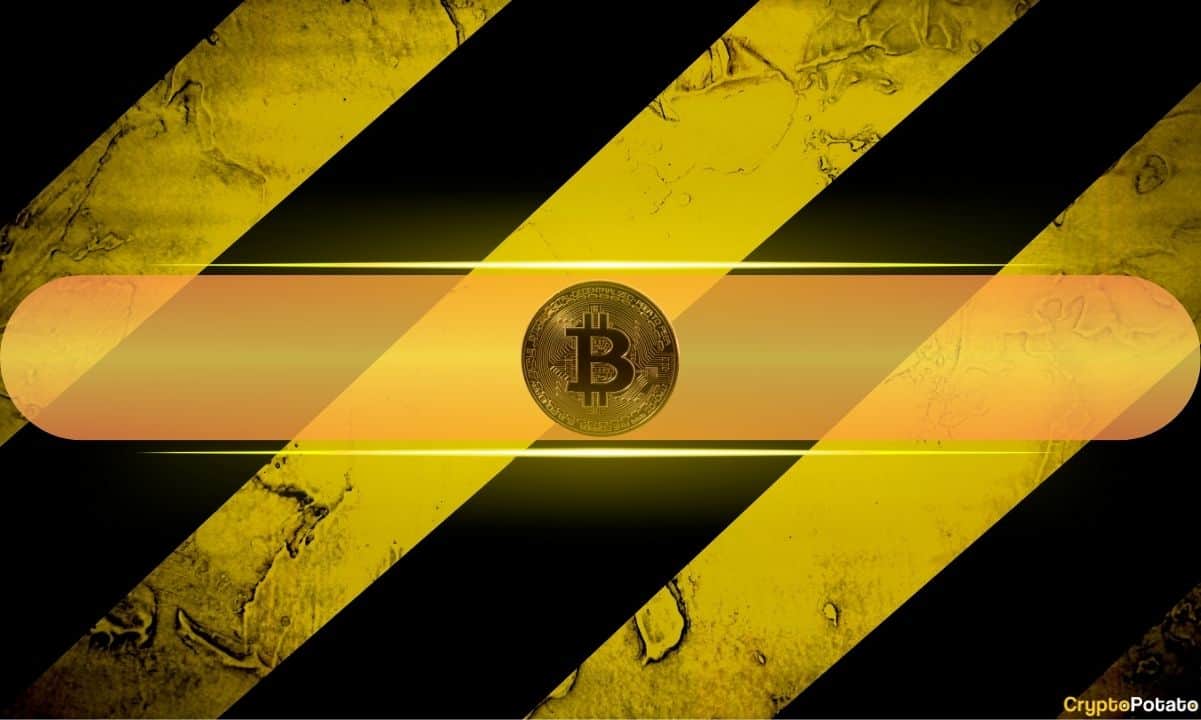

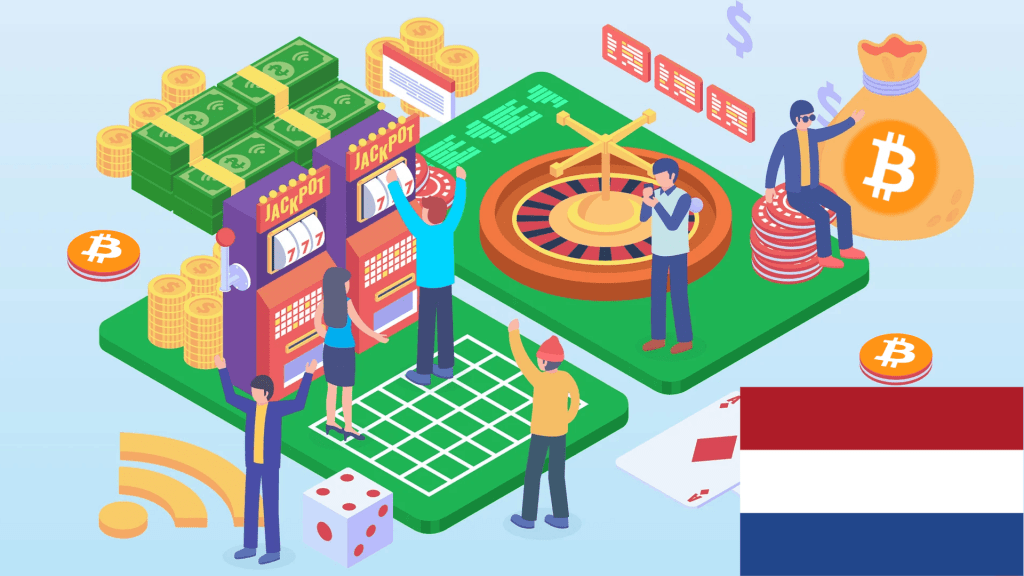

 English (US) ·
English (US) ·